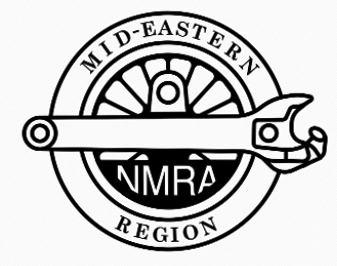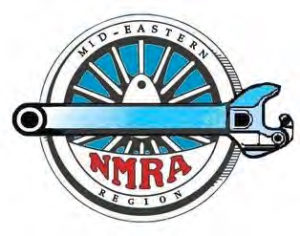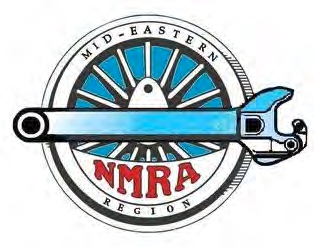Minutes submitted by Clerk Harvey Heyser
This meeting was scheduled as a test zoom call, but during the test, participants realized that some South Mountain Division business had to be conducted in order to make Division membership meetings possible in the fall of 2020. The following minutes record actions taken in regard to the business discussed.
Participants: Alex Polimeni – Superintendent, Ray Price – Paymaster, Harvey Heyser – Clerk, Jerry Skeim – Assistant Superintendent, and Bob Morningstar, Mid East Region Director and technical advisor for the test zoom call.
Prior to the discussion of business, Bob Morningstar shared his extensive experience with zoom technology and participation in many zoom meetings with varying levels of security required. He shared his knowledge of zoom’s capabilities and features.
Items Discussed: (in rough order discussed)
1. Zoom License: Discussion of the need for a remote/distanced meeting format during the pandemic indicated there is a need for the SMD to obtain it own zoom license. The anticipated cost will be in the area of $150. Paymaster Price indicated that the Division’s bank balance is roughly $3900. Harvey Heyser made the following motion (second by Jerry Skeim):
Motion: That the Division obtain a zoom license for a cost in the neighborhood of $150. The motion passed by a unanimous vote of the Division officers present.
Discussion following the motion led to a decision that the Superintendent in office will host and run zoom meetings.
2. Future Meetings: It was decided to try to maintain the customary meeting schedule (second Sunday of the month – September to May – 2 pm.) with the usual adjustments for the Mini-Con and Mother’s day.
3. Election (postponed because of the pandemic): Every effort will be made to hold the election for 2020-21 officers at the September remote meeting.All current candidates were present and participated; none made an objection. Members will be notified by immediate (8-29-20 date – two weeks before the date of the regular meeting) e-mail for those, whose electronic address the SMD has, or by USPS for those SMD does not have an electronic address. Superintendent Polimeni will handle the notification. The Wheel Report will also have a notice, but Editor Tom Fedor is currently busy enough with work that he may not be able to get the newsletter out immediately.
Proxy votes will be sent to the Nomination Chair Ron Polimeni and forwarded to the Clerk for casting.
4. Election process (at meeting): Superintendent Polimeni will preside over this portion of the meeting.
First, a Division member needs to make a motion to waive the requirement for an in-person meeting because of the pandemic.
Second, Superintendent Polimeni will ask if there are any nominations from the floor.
Third, (if there are no nominations from the floor) a Division member needs to make a motion to elect the slate of nominees by acclimation. Otherwise, Superintendent Polimeni will call a vote. The Clerk will vote all proxies and tally the votes.
Fourth, the newly elected Superintendent will preside over the remainder of the meeting (although turning over the zoom hosting capability may have to wait until the October meeting).
That concluded the Division business conducted during the test zoom call.
During subsequent discussion of the logistics of remote zoom meetings, Director Morningstar recommended holding at least one pre-meeting zoom test call for the members. He volunteered to run the test call(s). That will give technically challenged members an opportunity to get familiar with the technology. Director Morningstar also recommended starting regular meetings 1/2 hour before scheduled to allow everyone to get connected before business starts (especially for the first remote meeting). Once admitted to the zoom session, members can step away for a few minutes until the actual meeting start time.
Zoom Test Call Concluded: The participants hung up/disconnected.

 The Mid-Eastern Region of the NMRA is about to hold the Board of Directors Election for 2020. Voting will begin on 1 August and end on 8 September 2020. This election will select the MER President, Vice President, Treasurer, and Secretary as well as decide the adoption of two changes to the MER Bylaws.
The Mid-Eastern Region of the NMRA is about to hold the Board of Directors Election for 2020. Voting will begin on 1 August and end on 8 September 2020. This election will select the MER President, Vice President, Treasurer, and Secretary as well as decide the adoption of two changes to the MER Bylaws.
